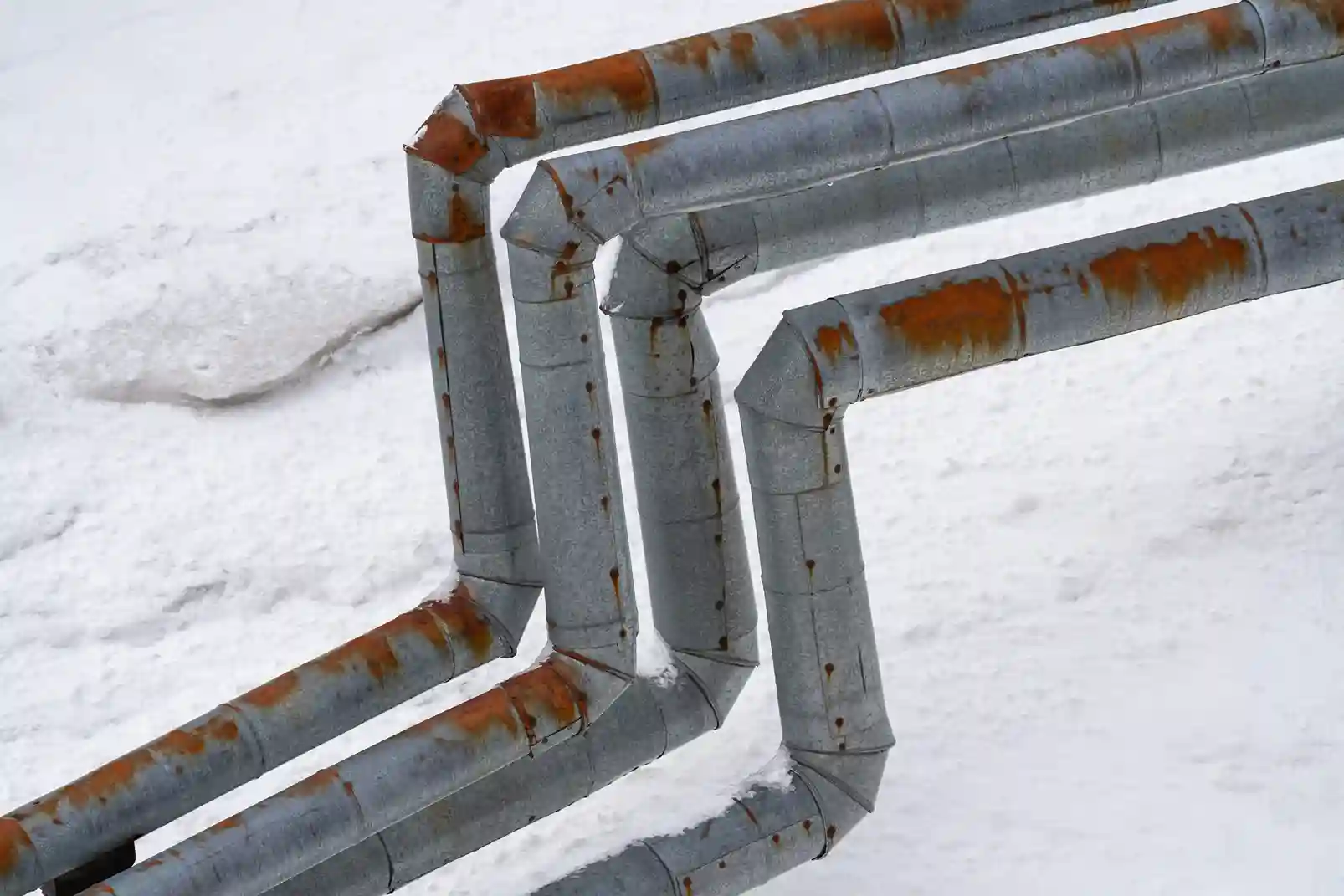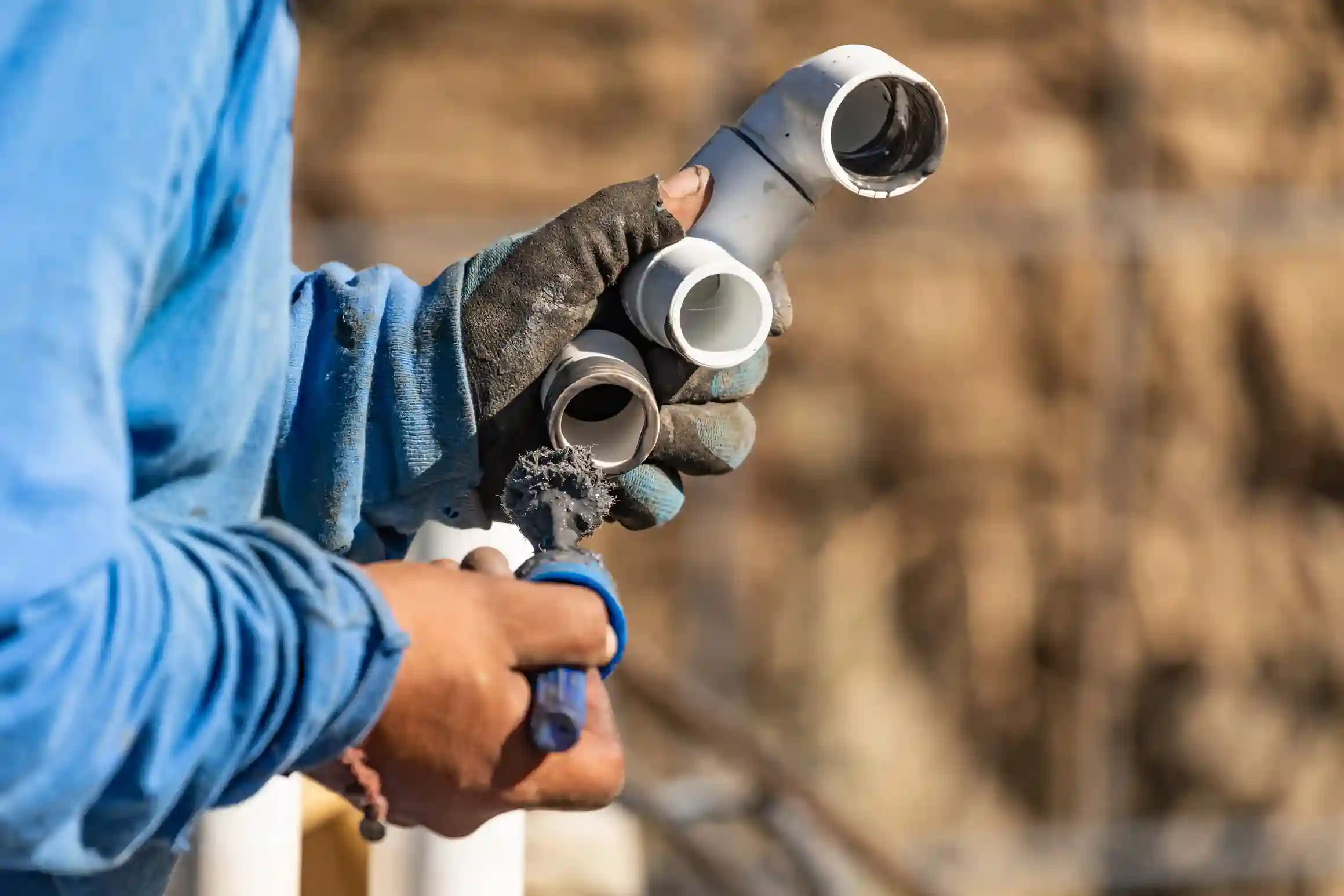When temperatures drop, your home’s plumbing system is at risk. Freezing temperatures can cause water inside pipes to solidify, leading to expansion, pipe bursts, and costly repairs. Knowing how to winterize a house plumbing system is crucial whether you live in an area with harsh winters or experience occasional cold snaps. The good news? You can take proactive steps to winterize pipes and avoid major damage. This guide will cover how to winterize water pipes effectively and ensure your plumbing remains in top shape throughout winter.
Why Winterizing Your Plumbing Matters
Water expands when it freezes. If water inside a pipe freezes, the expansion creates pressure, which can crack or even burst the pipe. This can lead to leaks, flooding, and expensive water damage. Taking the time to winterize house plumbing prevents such disasters, keeping your home safe and your repair bills low.
Step-by-Step Guide to Winterizing Your House Plumbing

1. Insulate Exposed Pipes
One of the simplest ways to winterize pipes is to insulate them. Pipes in unheated areas—such as basements, attics, garages, and crawl spaces—are more likely to freeze. Use pipe insulation sleeves, heat tape, or even foam pool noodles to cover exposed pipes and keep them warm.
2. Shut Off and Drain Outdoor Water Lines
Outdoor water lines are the most vulnerable to freezing. Follow these steps:
- Locate the shutoff valve for outdoor faucets and turn it off.
- Open the outdoor faucet to drain any remaining water.
- Disconnect and store garden hoses indoors.
- If your home has an irrigation system, blow out any remaining water using compressed air.
Draining these lines eliminates standing water that could freeze and expand.
3. Keep Your Home Warm
Maintaining a steady indoor temperature helps prevent pipes from freezing.
- Set your thermostat to at least 55°F, even if you’re away.
- Keep interior doors open to allow warm air to circulate.
- Open cabinet doors under sinks to let heat reach pipes.
4. Seal Air Leaks and Drafts
Cold drafts can lower temperatures around pipes and increase the risk of freezing.
- Inspect windows, doors, and vents for gaps or cracks.
- Use weather stripping, caulk, or insulation to seal any leaks.
- Pay special attention to areas where pipes enter your home.
5. Let Faucets Drip
A slight trickle of water can prevent frozen pipes by relieving pressure buildup inside.
- Allow faucets connected to exposed pipes to drip slightly.
- Focus on faucets located along exterior walls or in unheated spaces.
While this might slightly increase your water bill, it’s much cheaper than repairing burst pipes.
6. Use Heat Tape for Extra Protection
Consider using heat tape or heating cables if you live in an area with frigid winters. These products wrap around pipes and provide direct warmth to prevent freezing. Ensure you follow the manufacturer’s instructions for safe installation.
7. Drain Your Water Heater and Water Softener
If you’re leaving home for an extended period, consider draining your water heater and water softener. Turn off the water supply and drain the tanks to prevent damage from freezing temperatures.
What to Do If Your Pipes Freeze

Despite your best efforts, pipes can still freeze. Here’s how to handle it:
- Identify the Frozen Pipe – A pipe is likely frozen if you turn on a faucet and only a trickle comes out. Check exposed pipes for frost or bulging.
- Turn Off the Water Supply – If the pipe bursts, shutting off the main valve will minimize flooding.
- Thaw the Pipe Safely – Use a hairdryer, heating pad, or warm towels to gradually thaw the pipe. Avoid open flames or blowtorches, as they pose a fire risk.
- Open Faucets – Let water trickle out while warming the pipe to help it thaw faster.
- Call a Professional if Needed – If you can’t locate the frozen section or the pipe has burst, contact a plumber immediately.
How to Winterize a House Plumbing System for Vacant Homes
If you’re leaving a home vacant for the winter, extra precautions are necessary:
Shut Off the Main Water Supply – No water, no freezing!
Drain-All Pipes – Open all faucets and flush toilets to remove excess water.
Add Antifreeze to Drains – Pour non-toxic RV antifreeze into sink traps, toilets, and tubs to prevent ice buildup.
Keep Some Heat On – If possible, maintain a low indoor temperature to prevent deep freezing.
Protect Your Plumbing This Winter
Winterizing your plumbing is a crucial step in preventing costly damage. By following these simple steps—insulating pipes, draining outdoor lines, sealing air leaks, and keeping faucets dripping—you can safeguard your home against frozen pipes and potential water damage. If you ever are dealing with a burst pipe or need professional assistance, we at TradeWorksNW are here to help. Our experienced team specializes in plumbing maintenance and repairs, ensuring your home stays protected year-round. Contact us today for expert guidance on winterizing your plumbing system!
